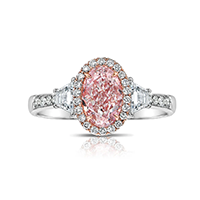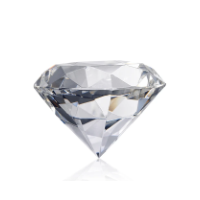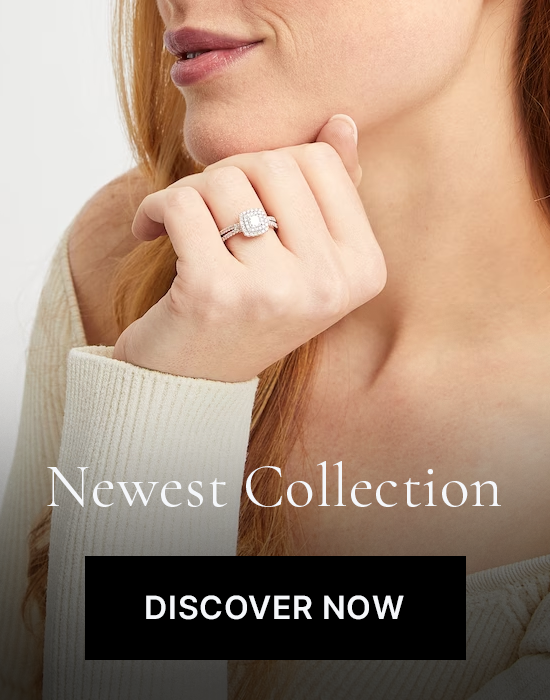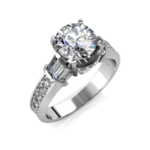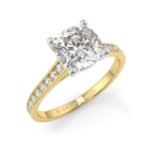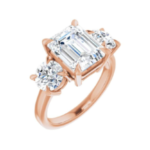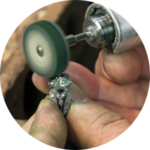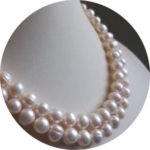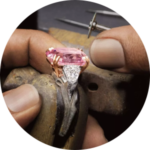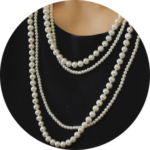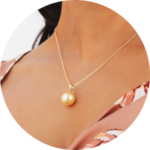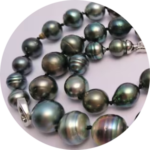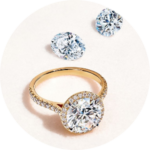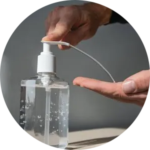Pearl Jewellery
To view our range of pearl jewellery check below.




Before you buy a pearl read this.
Discover how these beautiful pearls are graded by Size, Shape and Colour.
Natural Pearls
Cultured Pearls
To begin the process, a skilled technician takes mantle tissue from a sacrificed mollusk of the same species and inserts a shell bead along with a small piece of mantle tissue into a host mollusk’s gonad, or several pieces of mantle tissue without beads into a host mollusk’s mantle. If a bead is used, the mantle tissue grows and forms a sac around it and secretes nacre inward and onto the bead to eventually form a cultured pearl. If no bead is used, nacre forms around the individual implanted mantle tissue pieces. Workers tend the mollusks until the cultured pearls are harvested.
Akoya Cultured Pearls
South Sea Cultured Pearls
Tahitian Cultured Pearls
Freshwater Cultured Pearls
At Sinclair’s, we have limited stock of these pearls and only stock exceptional Fresh Water Pearls.

Pearl Grading

Size
When other value factors are equal, larger pearls are rarer and more valuable than smaller pearls of the same type.
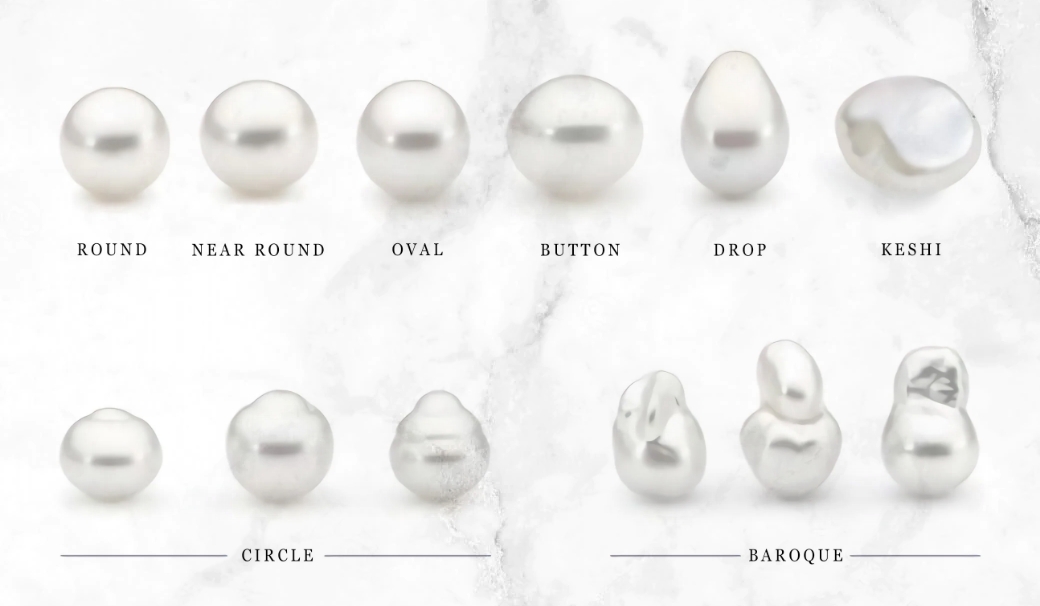
Shape

Colour
Pearl color can have three components. Body color is the pearl’s dominant overall color. Overtone is one or more translucent colors that lie over a pearl’s body color. And orient is a shimmer of iridescent rainbow colors on or just below a pearl’s surface. All pearls display body color, but only some show overtone, orient, or both.
The law of supply and demand determines the value of certain pearl colors at any given time. If supplies of high-quality pearls displaying a preferred color are low, their prices can rise to unusually high levels. Other complex factors, like fashion trends and cultural traditions, can influence color preferences.

Luster
Excellent – Reflections appear bright and sharp
Very Good
Reflections appear bright and near sharp

